1. Below is a newspaper account, from what is essentially the international news page of the Boston News-Letter, of the week of March 23-30, 1713, of a Passover blood libel on the Greek island of Zante, controlled at the time by Venice. (I included a little bit before and after to illustrate the point that this is a miscellaneous news item someone might have read as he drank his coffee one March morning in Boston):
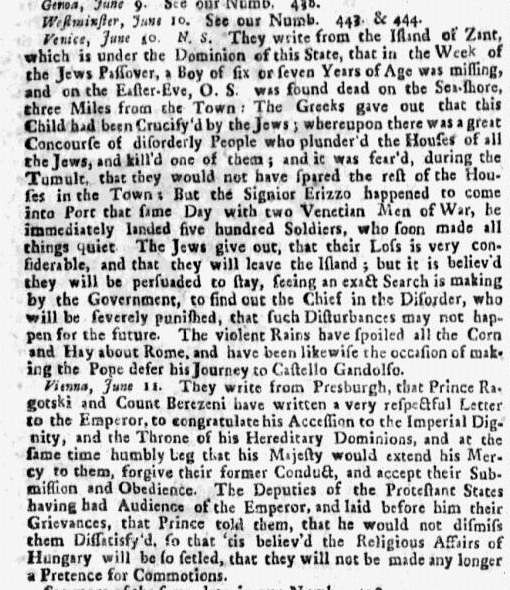
2. This is from the New York Post in 1906. For some reason the New York Post hasn't yet made or contracted out a digital archive of a newspaper that used to celebrate its relationship with Alexander Hamilton. So this piece is from a news roundup magazine called The Summary. Pesach preparations in the Lower East Side of New York:
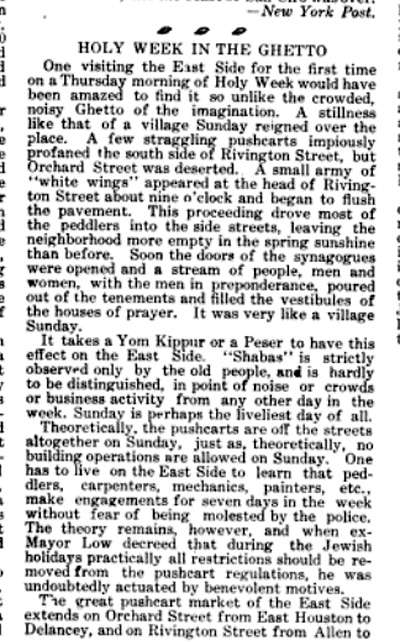
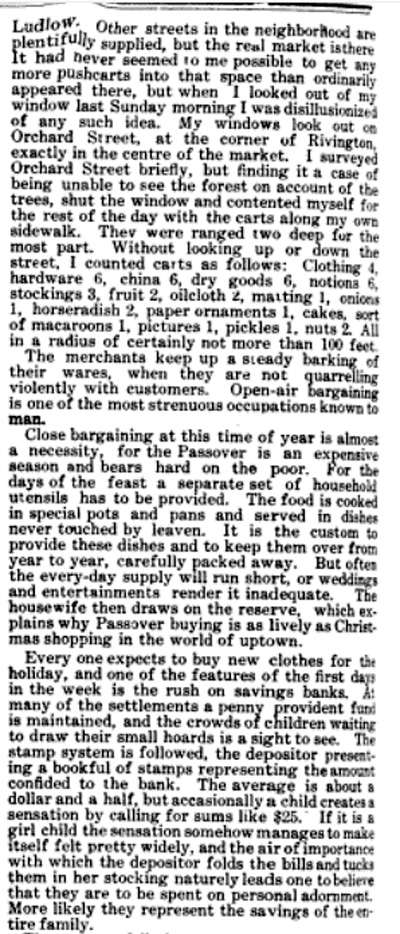
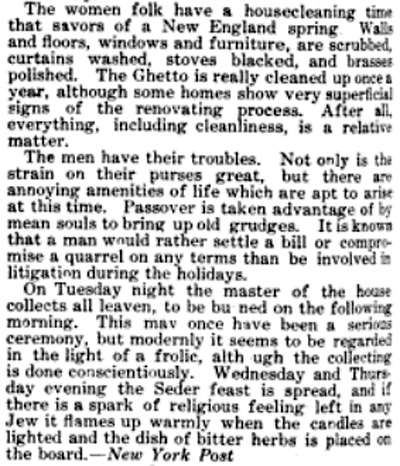
3. Below is the section on Pesach from Rabbi Yehuda Aryeh Modena (Leone Modena)'s (1571-1648) Italian book about Judaism, the Historia de' riti Ebraici. I am including the two English translations. The first is from 1650 and the second from 1707. It's interesting to compare the language and other aspects, not to mention the interest of the material itself:
1650:

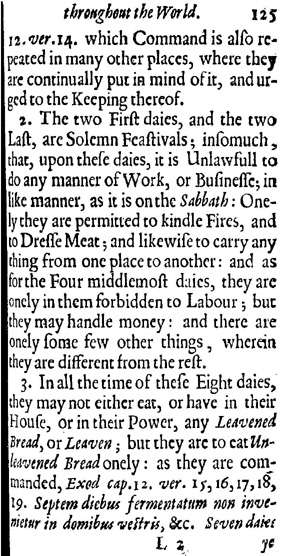







1707:
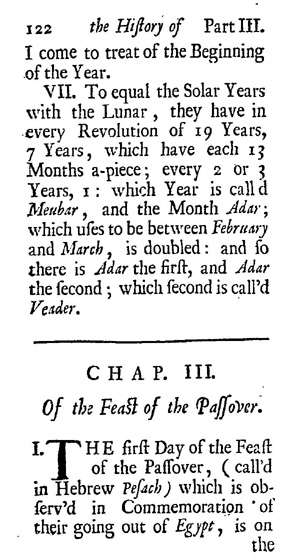









4. Since the book above mentions matzah of various shapes, it is interesting to read what Israel Abrahams wrote in his Book of Delight and Other Papers in an essay called 'The Shape of Matzoth.' I've never seen a matzah monkey, much less eaten one. How about you?
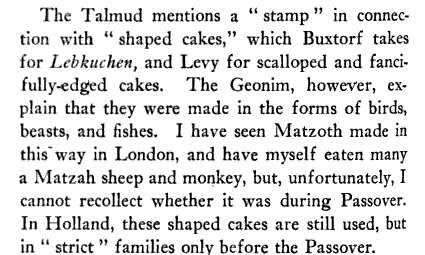
5. Finally, below is a table from Rabbi David Nieto's Pascalogia ovvero discorso della Pasca, one of the more unusual seforim our mesorah and bais midrash has preserved for us. This book dealt with the Gregorian and Julian calendar date for Easter in relation to that of Passover.






I wonder what the "A.N.Cri" and "A.N.Eb" mean in R. Nieto's table. I assume they refer to the numbers of the years in the 19-year lunar cycle in the Christian and Hebrew calendars, but what does the abbreviation stand for?
ReplyDeleteForgive my poor Latin (or Italian?) but they stand for something like anno christiano and anno ebraeo, that is, "Christian year (date?)" and "Jewish year (date?)."
ReplyDeleteI believe this is the same R. Nieto who is quoted in R. J. David Bleich's book on Birkas HaChammah (~p. 50 in 1st edition)
ReplyDelete